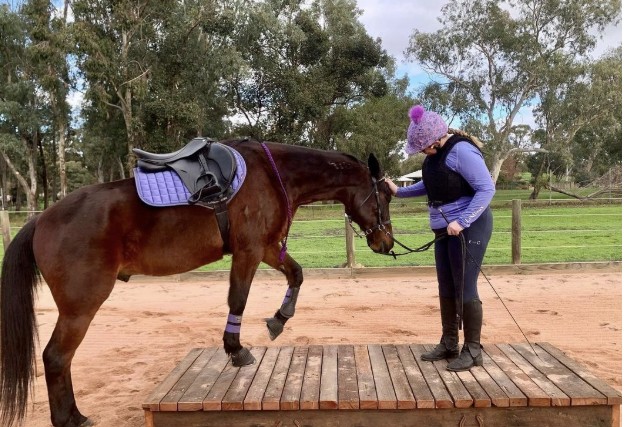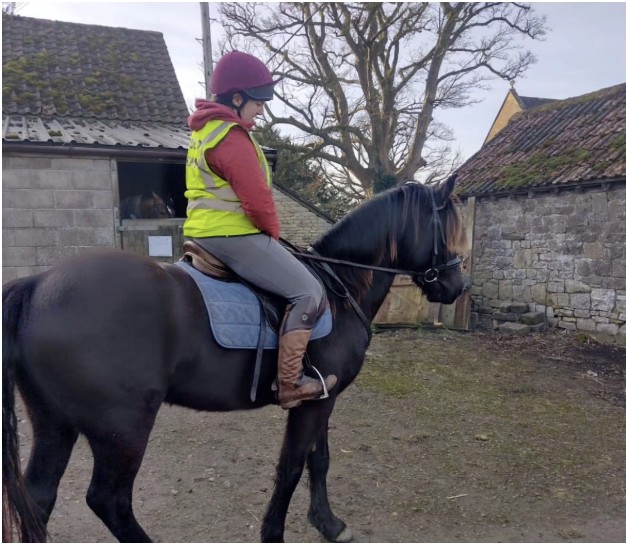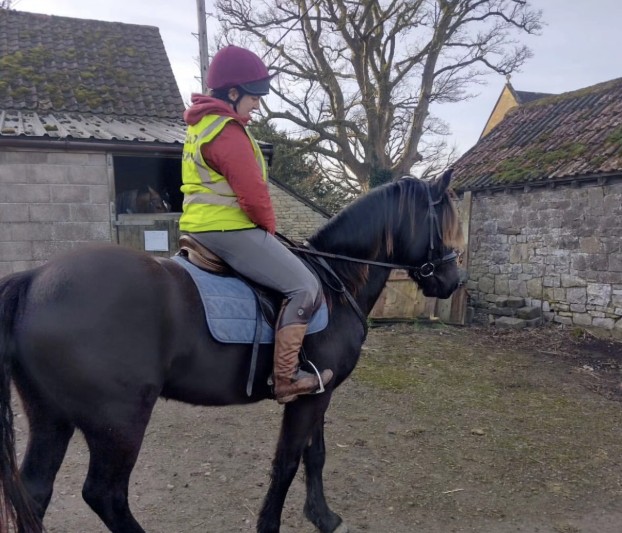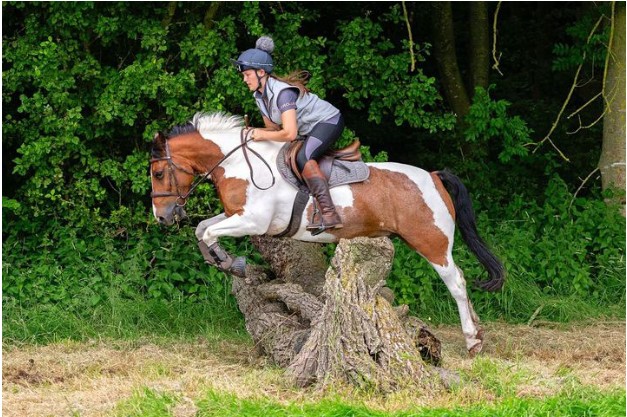How Do You Introduce a New Saddle to a Horse
How Do You Introduce a New Saddle to a Horse
Introducing a new horse saddle to your equine companion can be a pivotal step in ensuring comfort and performance in riding. Whether you've recently purchased a different saddle or are upgrading to a more supportive model, a careful and gradual introduction is key to success. Here are some tips on how to introduce a saddle to a horse effectively, so your horse feels comfortable and ready to perform.
Step 1: Assess Fit and Comfort
First and foremost, the new horse saddle must fit your horse correctly. A saddle that’s too tight or loose can cause discomfort, leading to behaviour issues and even injuries. Ensure that your saddle sits evenly on your horse's back and does not pinch, especially around the withers or shoulders. In the UK, it’s highly recommended to work with a professional saddle fitter. They will check for proper balance, which is essential in preventing sore spots and allowing your horse full movement.
In addition to the saddle itself, using an appropriate horse saddle pad can help with comfort, offering cushioning and improving fit. Remember to consider the pad thickness and material to suit your specific saddle and horse.
Step 2: Let Your Horse Familiarise Itself with the New Saddle
Horses are highly perceptive animals, and introducing any new item can make them wary at first. Place the saddle where your horse can see, smell, and investigate it freely. Avoid sudden movements or loud noises during this stage; let your horse approach the saddle in its own time, which helps them build trust.
If possible, start by simply showing the horse saddle pad to your horse before placing it on their back. This can be particularly helpful if your horse is young or hasn’t been exposed to many tack changes, allowing them to feel comfortable with each new piece before they’re all applied together.
Step 3: Begin with Short, Ground-Based Exercises
Once your horse seems at ease with the saddle, secure it lightly with the girth but do not tighten it fully yet. Start with gentle groundwork exercises, like leading and turning, to ensure the saddle is stable without causing discomfort. Keep these sessions short and positive, observing any signs of discomfort like tail swishing, ear pinning, or reluctance to move.
At this point, checking for any signs of soreness or pressure is important, especially if you’re also introducing a new horse saddle pad that might affect how the saddle sits. If all seems well, gradually extend the time your horse wears the saddle, continuing to check for signs of irritation.
Step 4: Introduce the Rider
Once your horse is comfortable with groundwork in the new saddle, it's time to move to ridden exercises. Begin with short, light sessions, preferably in a familiar area. Use gentle commands and avoid excessive pressure on the saddle as your horse adapts. As with groundwork, gradually extend the riding sessions if your horse shows no signs of discomfort.
Remember, riding with a new saddle might feel different for both horse and rider. Give yourself time to adjust, and keep monitoring how the saddle interacts with the horse’s movements, especially during turns and transitions.
Step 5: Post-Ride Care and Regular Check-Ups
Introducing a horse saddle isn’t just about the first few rides; maintaining your saddle over time is essential for your horse’s comfort. Clean your saddle after each use, and store it properly to avoid wear and tear. Consider that, with time, a saddle can settle or change shape, so occasional refitting sessions by a professional saddle fitter are advisable.
Final Thoughts
Introducing a new saddle to a horse requires patience and observation. By taking these steps slowly, using the right horse saddle pad, and monitoring comfort during each stage, you can help your horse adjust smoothly to the new tack. A well-fitted saddle not only improves riding performance but also ensures a positive experience for both horse and rider, promoting long-term comfort and wellbeing.










